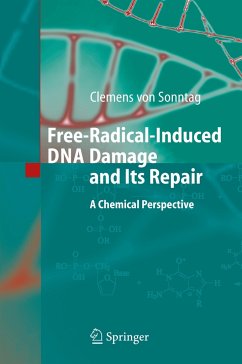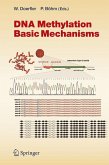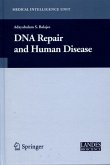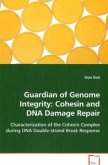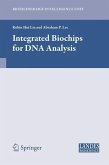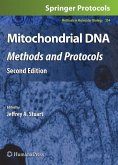The free-radical chemistry of DNA had been discussed in some detail in 1987 in my book The Chemical Basis of Radiation Biology. Obviously, the more recent developments and the concomitant higher level of understanding of mechanistic details are missing. Moreover, in the living cell, free-radical DNA damage is not only induced by ionizing radiation, but free-radical-induced DNA damage is a much more general phenomenon. It was, therefore, felt that it is now timely to review our present knowledge of free-radical-induced DNA damage induced by all conceivable free-radical-generating sources. Originally, it had been thought to include also a very important aspect, the repair of DNA damage by the cell's various repair enzymes. Kevin Prise (Cancer Campaign, Gray Laboratory, L- don) was so kind to agree to write this part. However, an adequate description of this strongly expanding area would have exceeded the allocated space by much, and this section had to be omitted. The directors of the Max-Planck-Institut für Strahlenchemie (now MPI für Bioanorganische Chemie), Karl Wieghardt and Wolfgang Lubitz, kindly allowed me to continue to use its facilities after my retirement in 2001. Notably, our - brarian, Mrs. Jutta Theurich, and her right-hand help, Mrs. Rosemarie Schr- er, were most helpful in getting hold of the literature. I thank them very much. Without their constant help, this would have been very difficult indeed.

